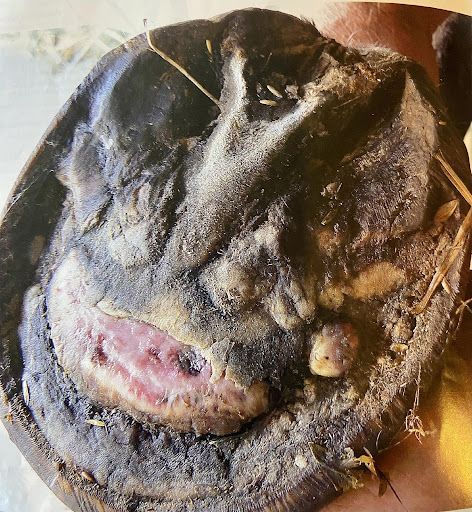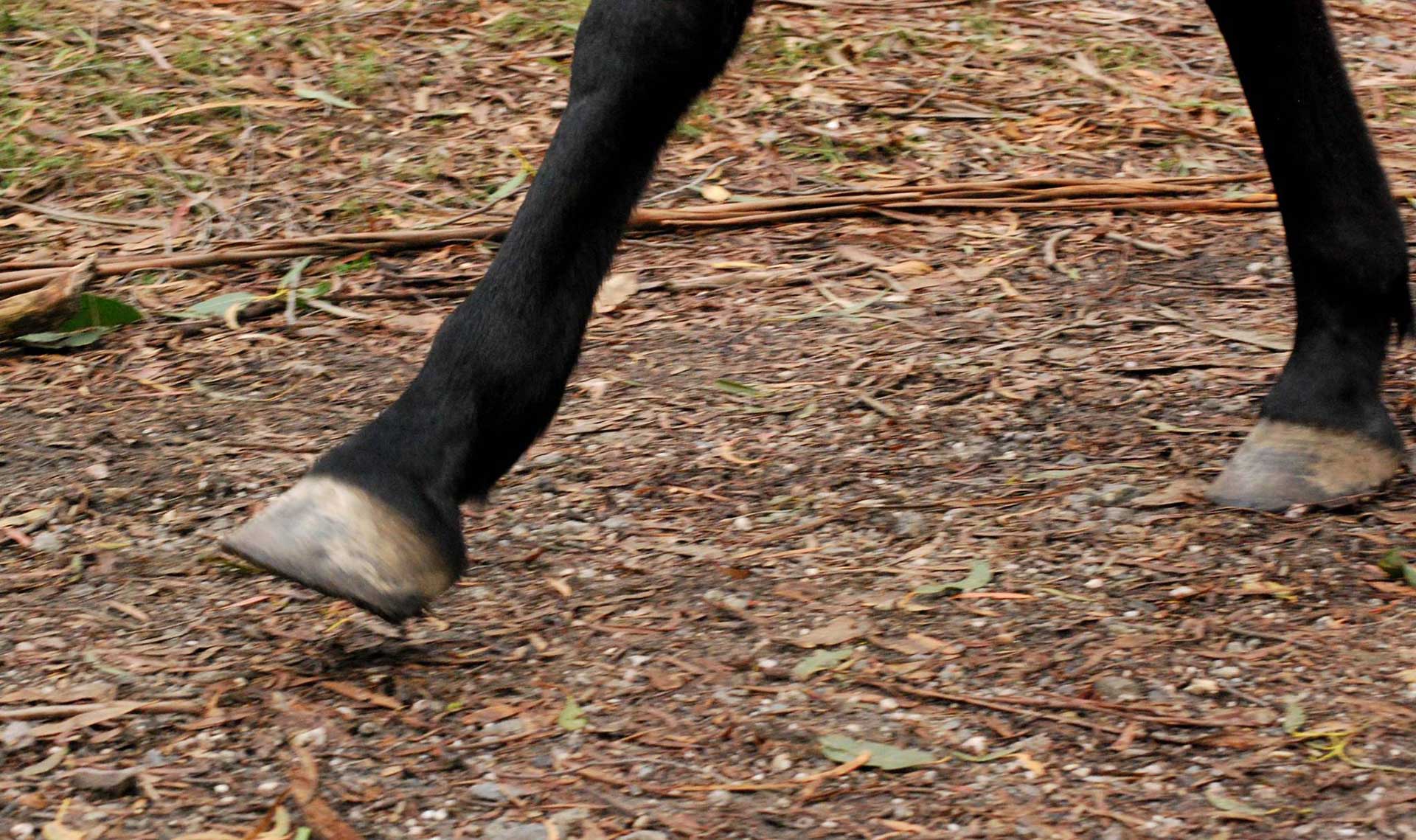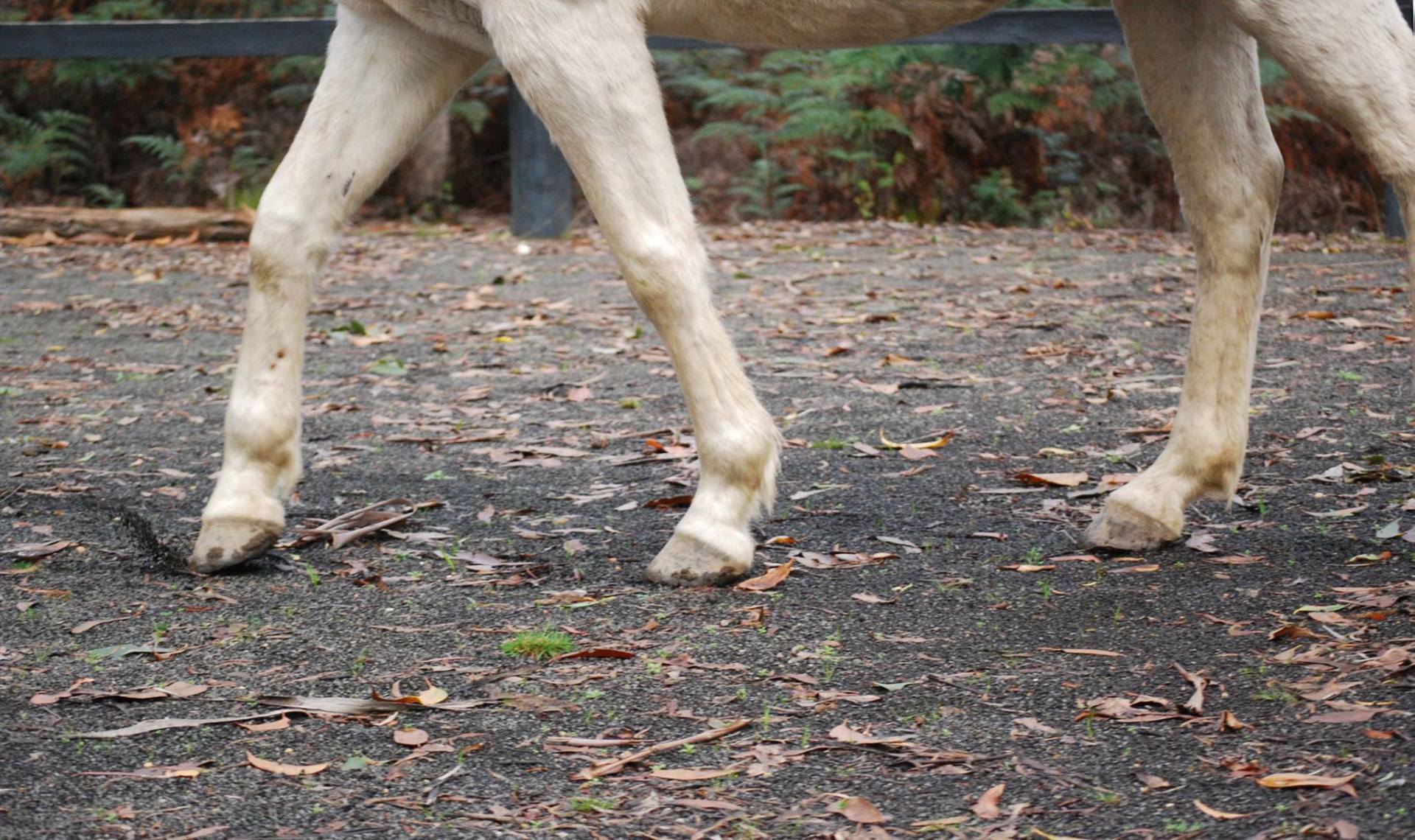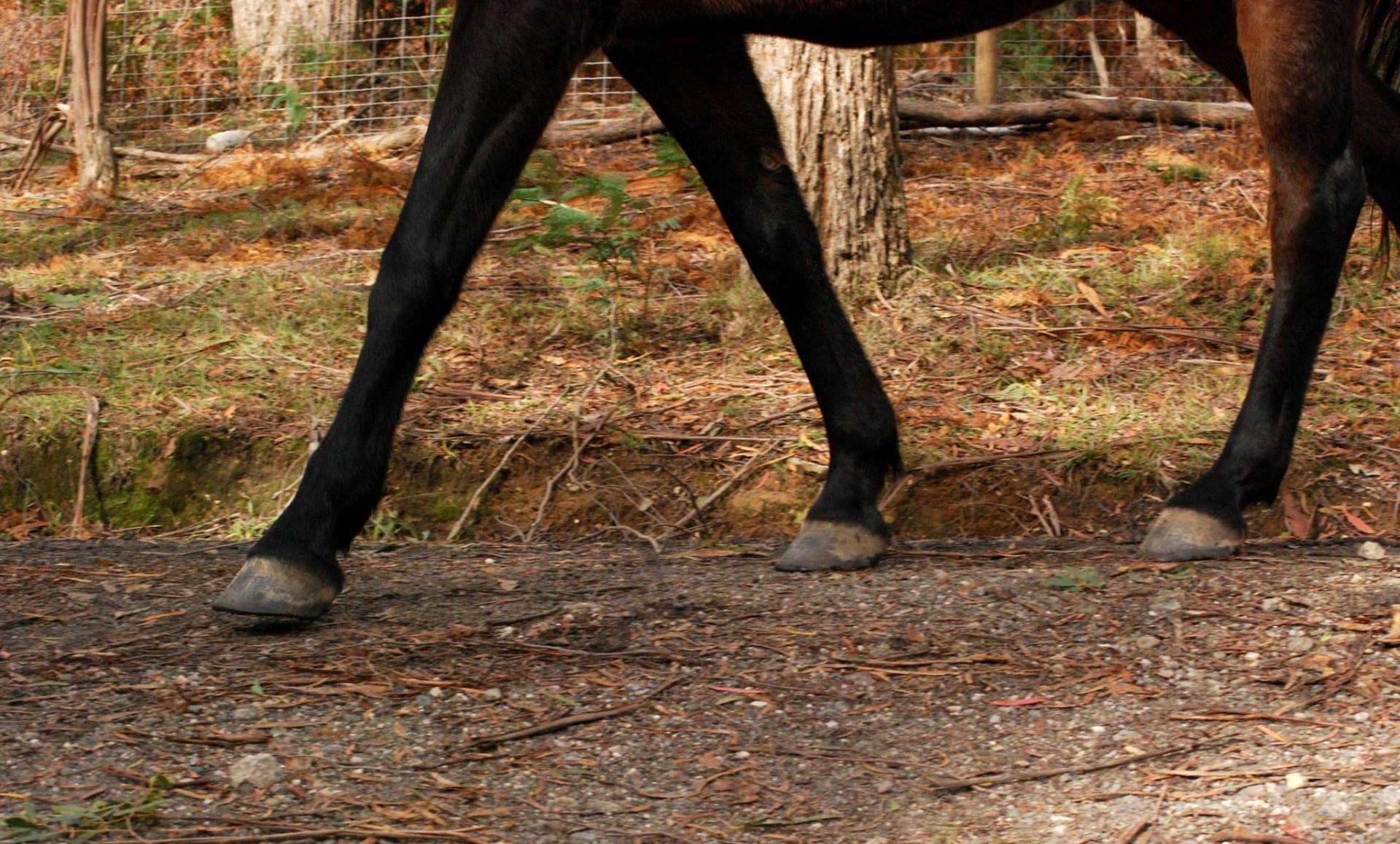HOW SHOULD A HORSE MOVE?
Wild About Hooves • 23 May 2016
The human eye cannot see the fraction of a second in which a hoof lands. But the “slow motion” feature on the new mobile phones certainly helps. Ideally, this should be heel first as in super model Colt 45. As opposed to the footage of the grey horse landing toe first. That horse is bio-mechanically challenged, suffering thrush and body work issues. www.wildabouthooves.com.au
– join our educational workshops to learn more about hoof care and housekeeping.
The hoof is designed to land heel first. you can click on the film footage to download and view this. It will help train you to ‘get your eye in”
This horse (above) is bio mechanically challenged landing on his toes, due to issues in his body and also due to pain in the caudal part of his hoof. click on the below link to view the slow mo footage. toe first footage – click here.
So the first step (excuse the pun) in recognising hoof health in your horse is to assess his gait and see if he is bio-mechanically sound.

Laminitis kills thousands of horses every year, and leaves thousands of others debilitated with lameness. It will and can affect any horse. And for you, the horse owner it can be devastating: you feel guilty and heartbroken at your horses suffering, confused with all the information as it is typically explained by professionals in scientific terms that can be difficult to understand, costly veterinary bills and you have the major task of nursing your horse back to recovery. . Unseasonal weather patterns around Australia with abundant rain and sunshine saw laminitis at a near epidemic last year. The reason being, that the environmental conditions can trigger increases in the sugar, starch and fructan. These collectively known as non-structural carbohydrates can cause laminitis in any horse or pony. Alarm bells ring this spring!! Be warned and be prepared, for prevention is better than cure.

The extraordinary relationship between humans and the horse has been running since before the birth of Christ. Indeed, there is evidence our domestication of horses goes as far back as 3500 BC. And ever since we recognised the utilitarian value of the horse, there has been the horseshoe. The use of horseshoes has become an almost unquestioned tradition. Humans have been nailing shoes onto horses’ hooves for well over a thousand years. Who can remember back to a time otherwise?



